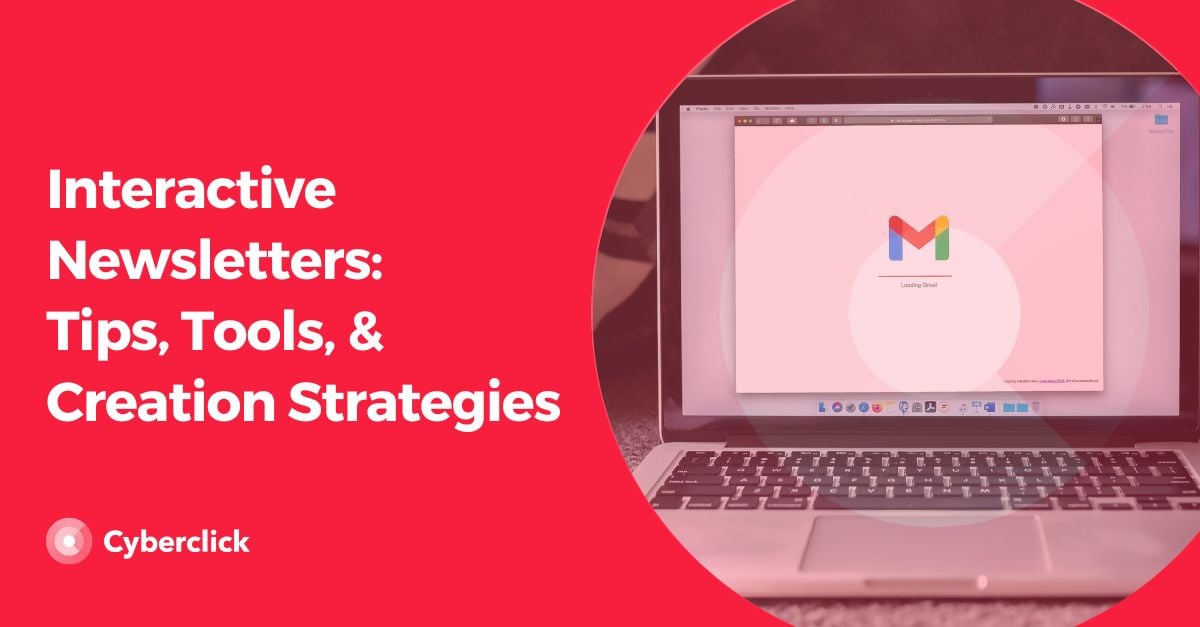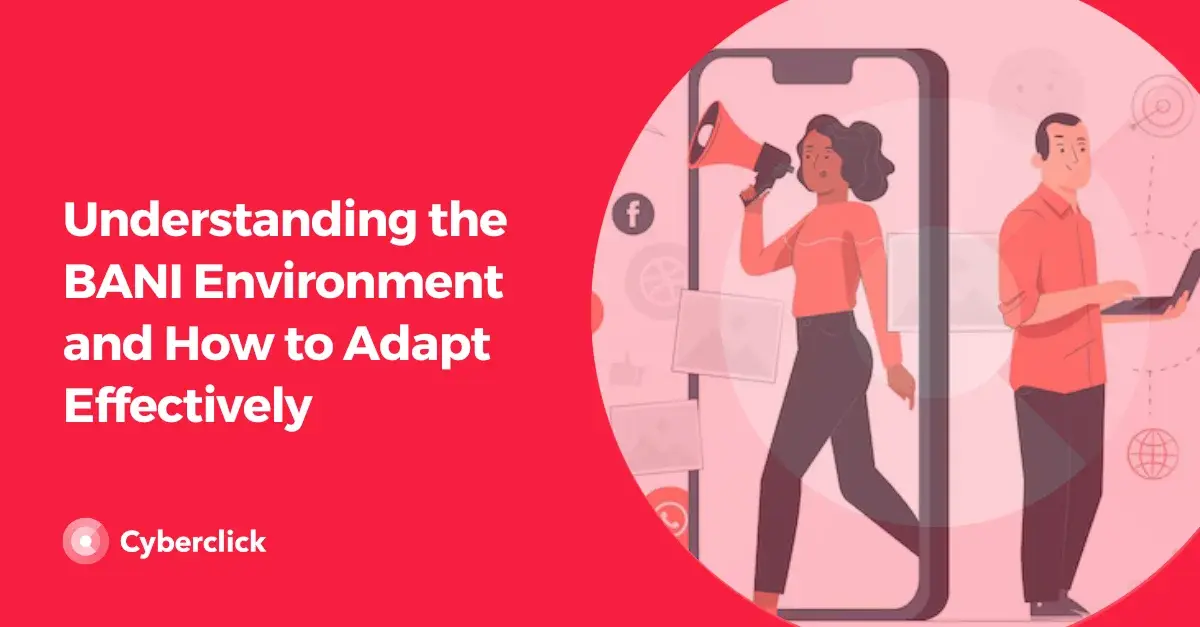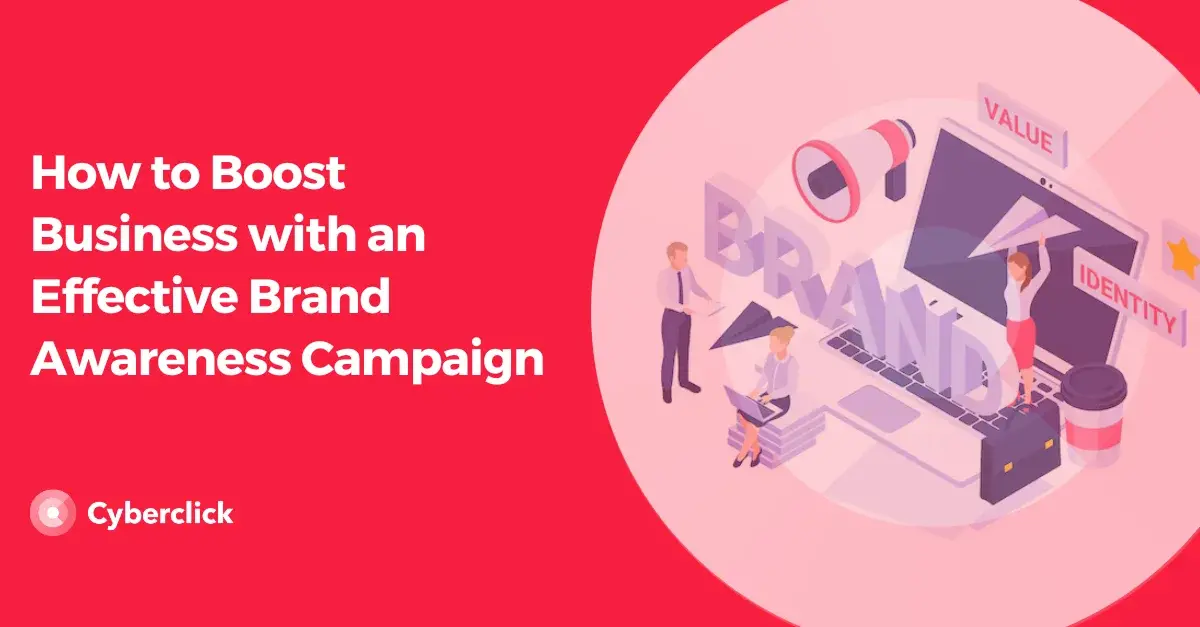The newsletter is a key element within an email marketing strategy, as it allows you to convey a message to many people quickly and relatively easily.
However, email marketing is also considered a somewhat outdated or even ineffective strategy if not executed correctly, as it is sometimes challenging to differentiate oneself from the competition, increase the open rate, and generate sales through email. It is precisely because of this outdated and ineffective image that it is important to be aware of interactive newsletters, as they can make a difference.

What Is an Interactive Newsletter?
An interactive newsletter is an email that includes elements with which the recipient can interact. In other words, it is not just an email with informative or explanatory text and static images, but one that contains elements that require an action from the recipient. The main goal of these dynamic elements that demand action from the subscriber is to encourage their participation and engagement by creating a much more attractive experience.
Elements commonly found in an interactive newsletter include call-to-action (CTA) buttons, surveys or questionnaires, image carousels in a slide format, expandable or collapsible elements, videos or gifs, mini-games, or other elements that allow for more free interaction. They can be more or less complex, but any element that requires action from the user is considered interactive.
Typically, these elements tend to improve the participation rate of subscribers, increase the number of clicks, and simplify information retention. However, it is important to consider their compatibility with different email platforms and devices, as if subscribers cannot load the email, it will be ineffective.
Benefits of Using Interactive Newsletters in Your Email Marketing Strategy
Interactive newsletters offer several advantages over static newsletters, with one of the main benefits being their ability to effectively engage the audience and make them feel involved in a particular action. They are also highly effective for gathering data and information about subscribers, whether they are customers or not. This facilitates future decision-making, as well as the planning and creation of more effective campaigns, since the more you know about the target customer, the more precise and direct you can be.
Other benefits of using an interactive newsletter include a significant improvement in the open rate and greater user engagement compared to static newsletters. It has also been observed to strengthen brand recognition by providing tools that make it much easier for consumers to recognize the brand or associate its products or services. Additionally, it is an effective way to differentiate oneself from competitors, simplify information retention, and enhance the user experience.
Furthermore, these newsletters can be highly personalized, tailoring content based on the user and their interaction with the email. They also encourage more sharing due to their interactive elements.
On top of all the mentioned benefits, it's worth noting that interactive elements are much easier to track and measure. This makes it simpler to determine which elements work best, optimizing future newsletters.
Tips for Creating Your Interactive Newsletter
To create a successful interactive newsletter and achieve good results, it's important to consider certain aspects:
- One of the most crucial aspects is defining objectives. Before designing a newsletter, it's important to know what you want to achieve with it and what you want to share or communicate to subscribers.
- Choosing an email platform that allows and supports interactive content is also important. This enables you to design an attractive and eye-catching layout without limitations. However, the design must be responsive so that it can be viewed well on any type of screen.
- Another recommendation is the use of buttons or CTAs that can guide readers and the incorporation of multimedia elements, such as images, videos, or gifs. Moreover, if these elements are shareable or encourage sharing, even better.
- Always offer exclusive and original content, as this type of newsletter should be used both to inform target customers and to differentiate yourself from the competition.
- Emails can also be used to include surveys or forms that allow you to gather more information about potential customers. These can range from satisfaction surveys to forms asking for opinions on a particular topic. However, they should be presented attractively and appealingly, perhaps even offering something in return for completion to boost participation rates.
- Another effective tip is to personalize the email by including names and recommendations based on the recipient's purchase history or browsing behavior. You can also use user interaction with the email to display different content based on where they click.
- Conduct A/B tests to determine which interactive elements work best.
- Whenever implementing an email marketing strategy with interactive newsletters, taking advantage of the fact that interactive elements are easier to track and measure, it's essential to measure the performance.
In addition to everything mentioned, it's crucial to comply with all privacy regulations, especially if collecting or using subscriber data, as this type of information is highly sensitive.
Tools for Setting Up an Interactive Newsletter
There are numerous tools available that enable the creation of an interactive newsletter or simplify the process and creation significantly.
One of these tools is the HubSpot Email Marketing Tool, equipped with AI to assist in the quick and easy creation of personalized content. This application, which also features an extensive catalog of customizable templates, allows for the generation of advanced reports, extraction of metrics, tracking of interactions with each email, identification of the devices used to connect, and much more. Best of all, it is fully compatible with other HubSpot tools, making collaboration between teams much more straightforward.
Sender.net is another very useful tool for creating interactive newsletters. The best thing about this platform is that no technical knowledge is required to use it to its fullest. Its editor is easy to use and intuitive, and it also generates detailed reports for each campaign.
Canva can also be a very useful tool for designing emails. Its basic use is free, although the paid version offers much more material and additional resources. Canva allows you to create emails with various elements. However, it is primarily a design tool and lacks functionalities for analyzing an email marketing campaign, something that the previously mentioned tools provide.
Examples of Interactive Newsletters
In the absence of ideas, having some examples of interactive elements that can be included in such a newsletter can be very helpful.
Image carousels can be used, allowing a wide range of products to be displayed in the same email and limited space. Additionally, the reader can interact with this element, scrolling through photos, pausing, and clicking on those that capture their attention.
Another example of an interactive newsletter incorporates the option to customize a product. In this case, the user can choose the color or any element or feature of the product in question to personalize and adapt it to their tastes and preferences.
Tests and surveys are another widely used resource. They are integrated into the email so that the user can give their opinion without leaving the email. This way, valuable information can be obtained, and subscribers can be better understood.
In addition to these elements, an interactive newsletter can also include buttons, dropdowns, videos, or other elements that make the email much more attractive. There are no limits to creating an email that is eye-catching, appealing, and original – you just have to be willing to try.
Content & Marketing Strategist en Cyberclick. Apasionada por la comunicación, la generación de contenidos y el mundo audiovisual. Graduada en Periodismo por la Universidad Autónoma de Barcelona.
Content & Marketing Strategist at Cyberclick. Passionate about communication and content creation. Tanit holds a degree in Journalism from the Autonomous University of Barcelona.





.jpg)
Leave your comment and join the conversation